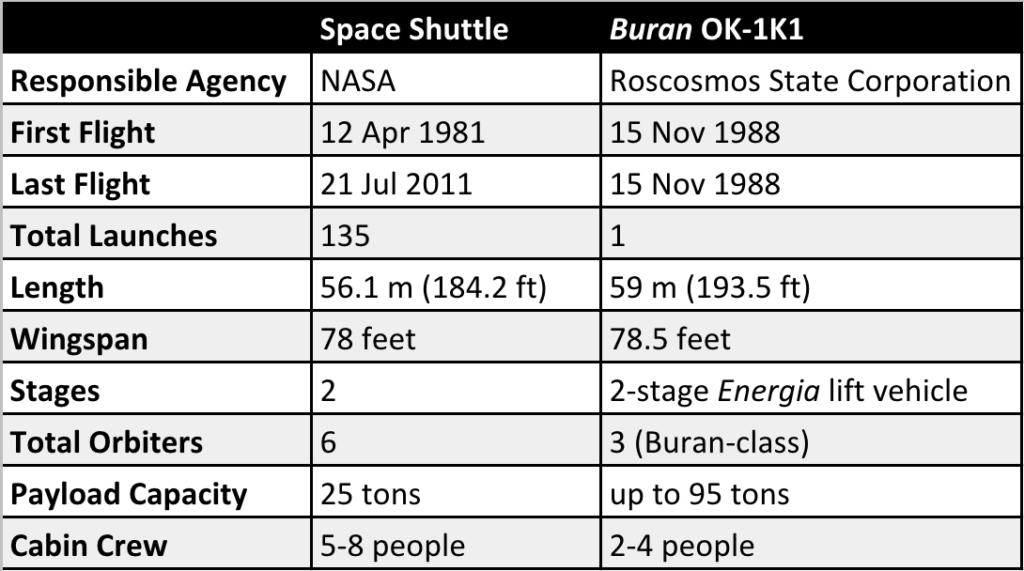Exactly on this day, 30 years ago, the Soviet Union under the Buran programme (meaning “snowstorm}, or “blizzard”) launched the Orbiter K1 (or OK-1K1), a reusable spacecraft from the Baikonur Cosmodrome in response to NASA’s space shuttle program. If the Sputnik marked the beginning of the space race, then the Buran ended it conclusively, and in the process proved once again that the Soviets could match, or even surpass, the technological prowess of the west on their own. As history suggests, NASA’s Space Shuttle programme had an enormous payload capacity, several times that of the previous US launch vehicles, which made the Soviet military suspicious about its military purposes which provoked them to build one of their own reusable spacecraft. But unfortunately, 1988 was the first and the only time that the unmanned OK-1K1 would lift-off and land in a fully automated mode, a first for any space shuttle variant. On the other hand, the Buran-class spacecraft used the expendable Energia super-heavy lift launch vehicles fitted with the RD-170 liquid-fuel rocket engines, considered the most powerful in the world even today.
Despite its structural resemblance to NASA’s spaceplanes, the difference between the two orbiters was evident in the payload capacity in which, the Buran proved to be more efficient with a volume of over 90 tons which was due to the use of the Energia vehicle. All things considered, in spite of the ‘Cold War’ rivalry the Soviets developed a pretty advanced space vehicle to surprise the west again; who could forget the supersonic Tupolev Tu-144, the ‘Concordski‘. Quite disappointingly though, this fabulous spacecraft met with a climactic ending when the Buran OK-1K1 was destroyed in 2002 with the roof of its hangar at Baikonur collapsing and crushing underneath the lasting memories of the space-race era.
A quick comparison of the OK-1K1 vehicle and the Space Shuttle

